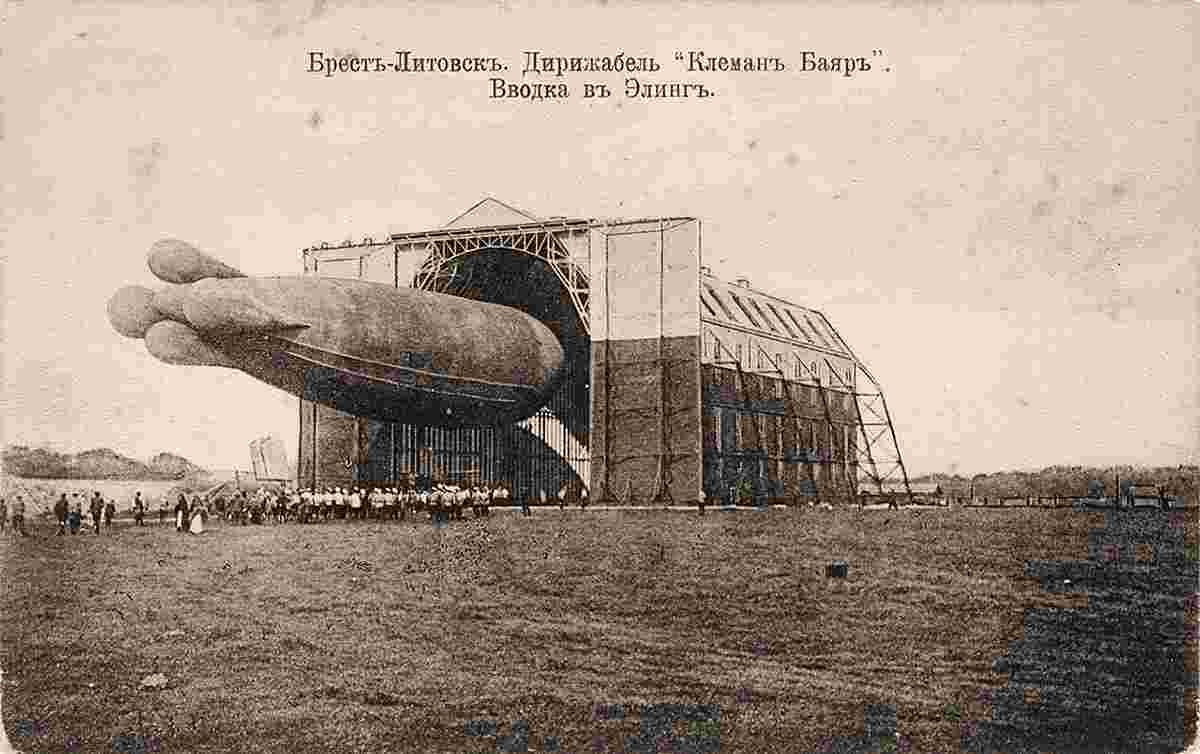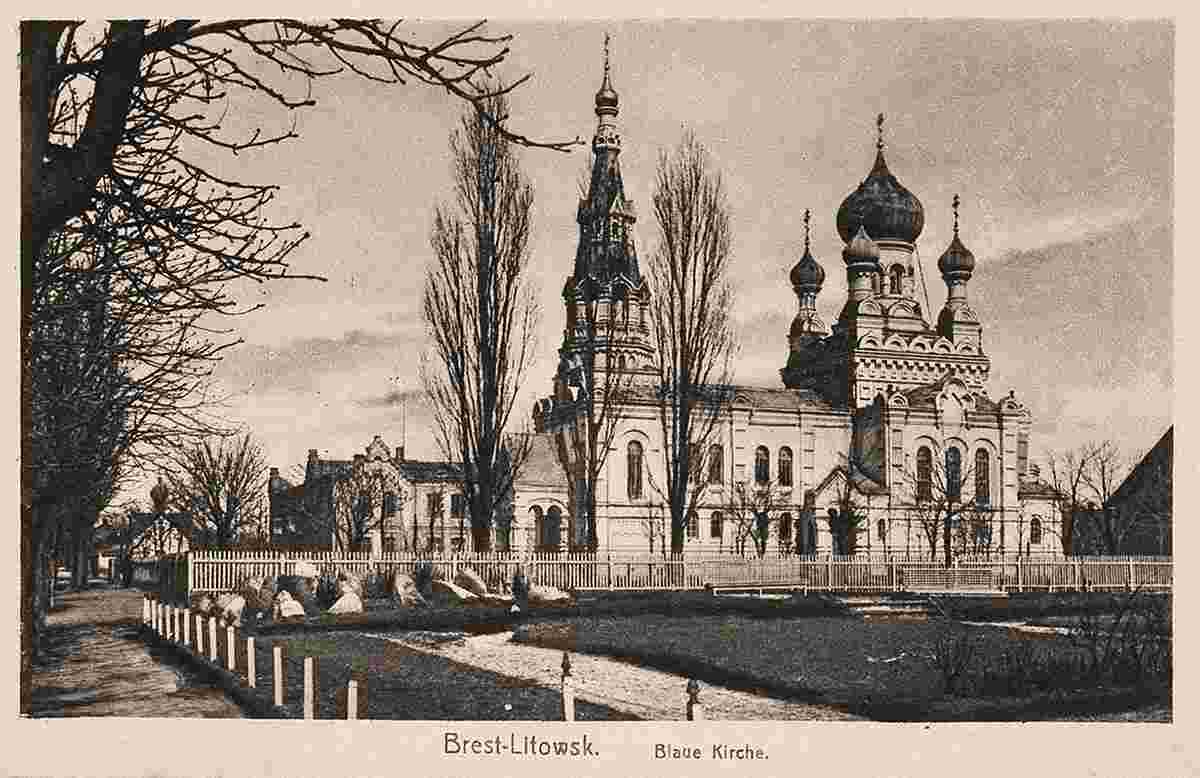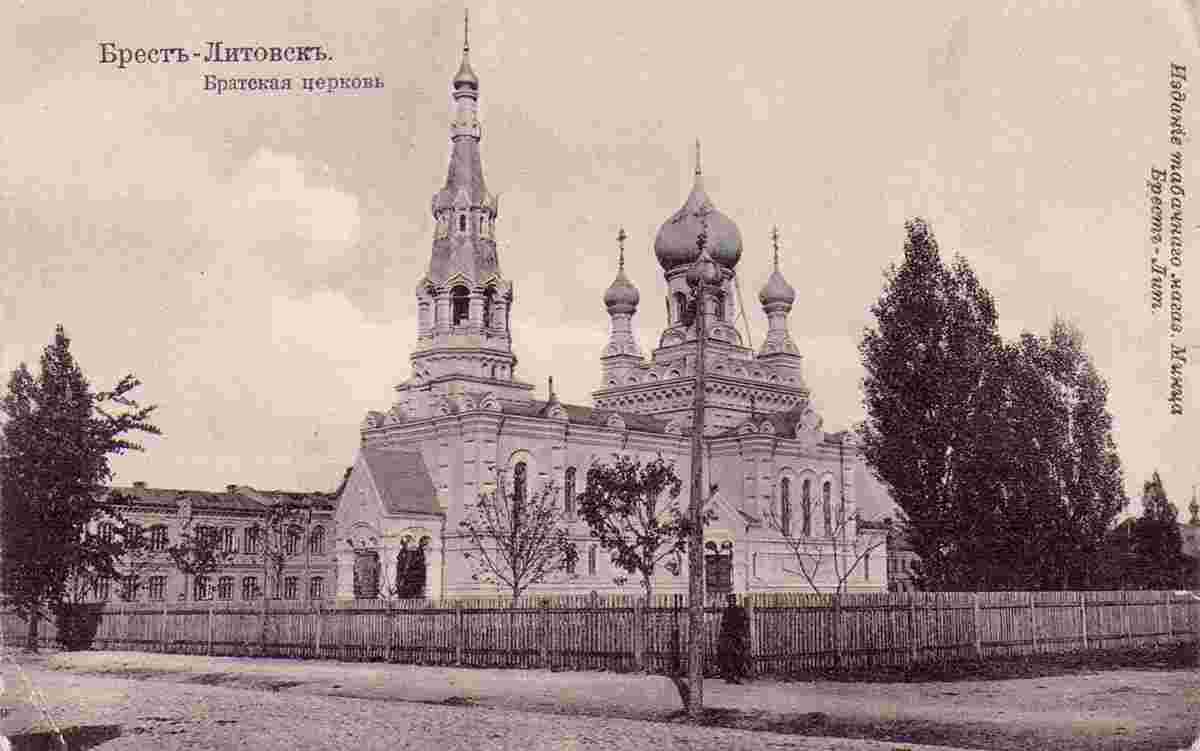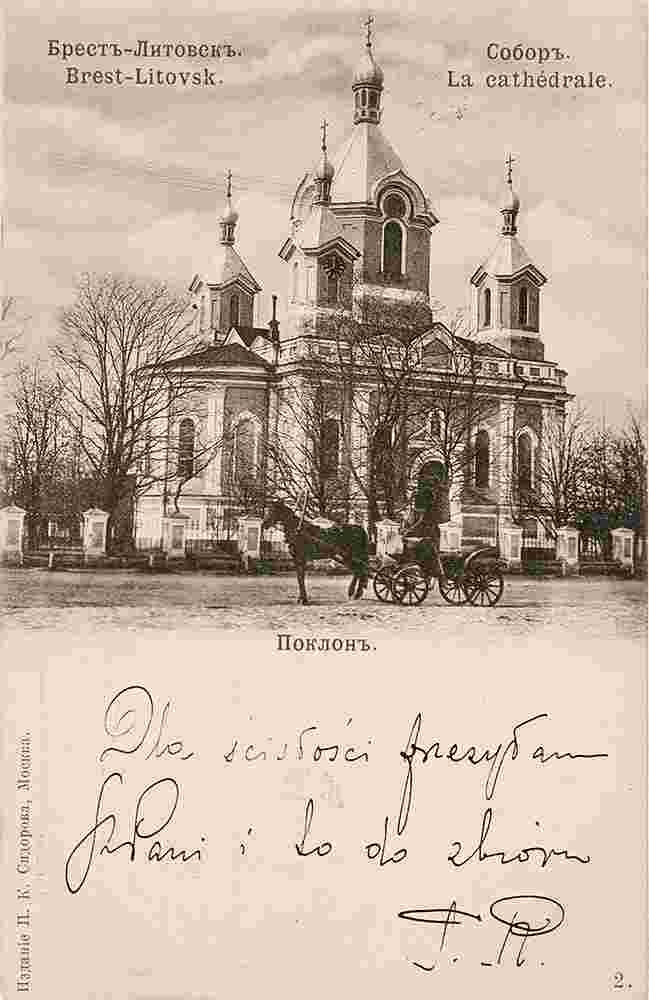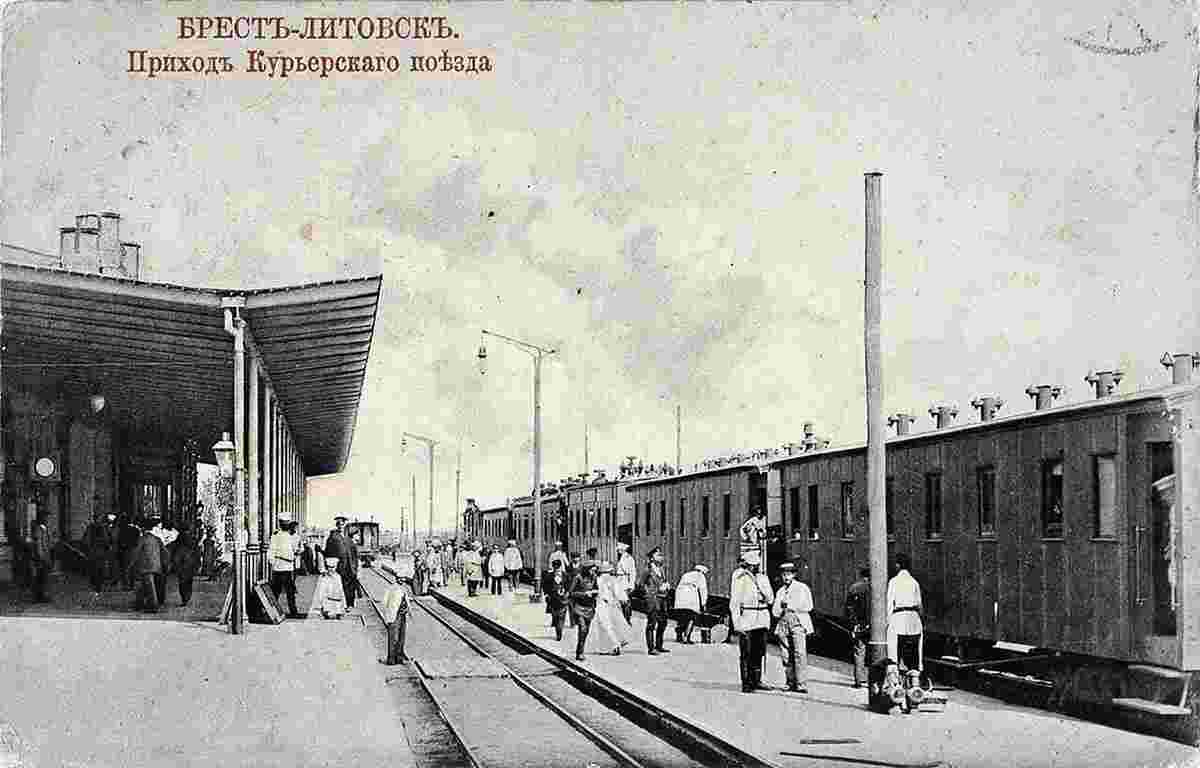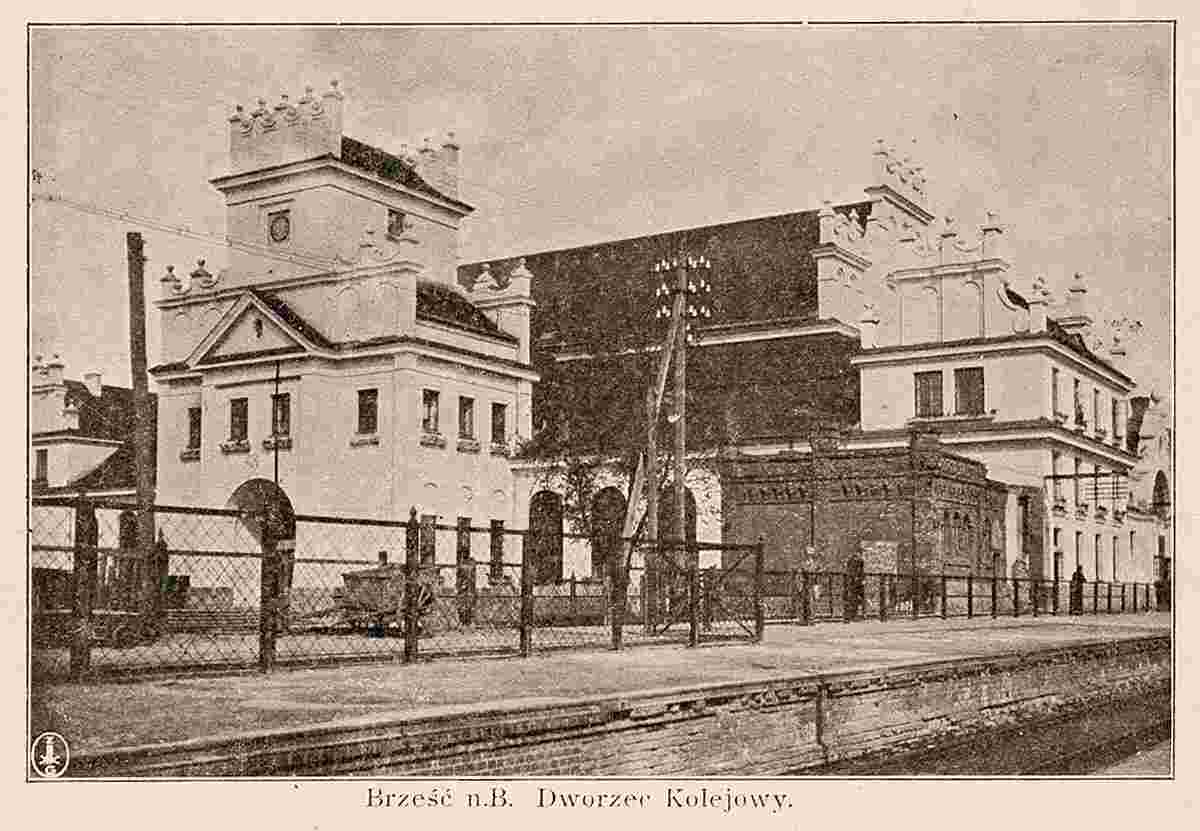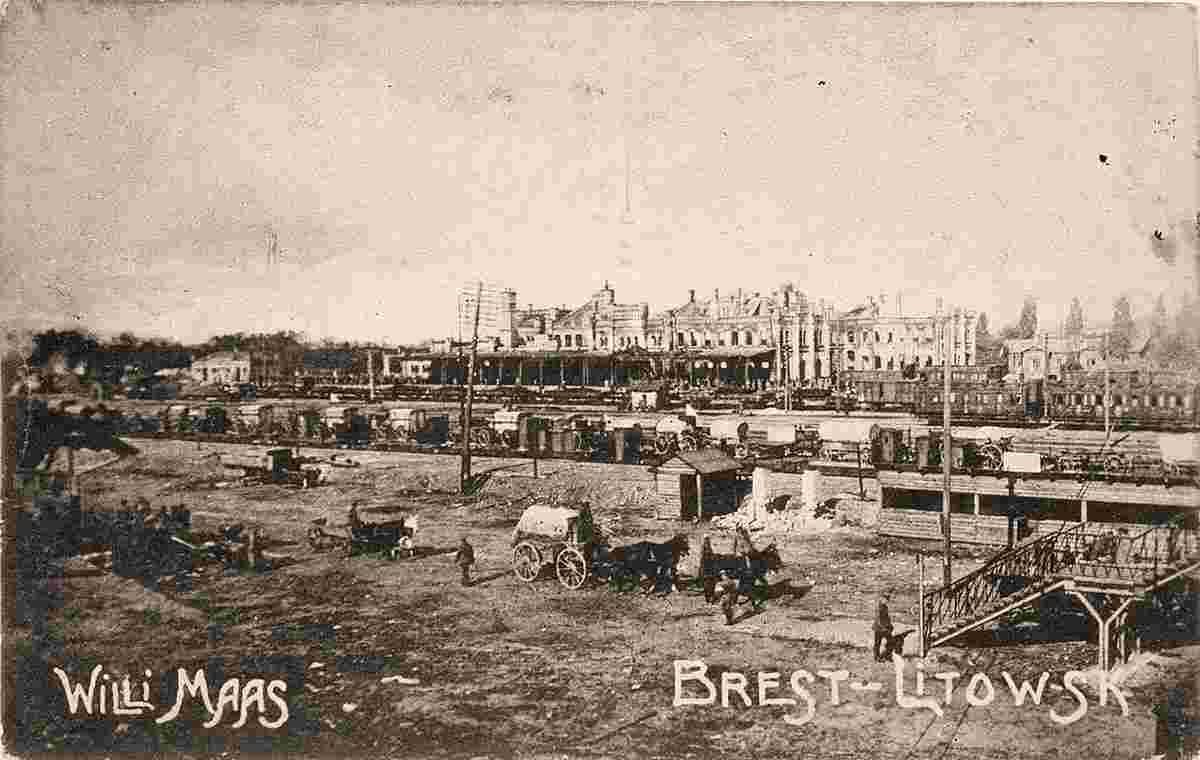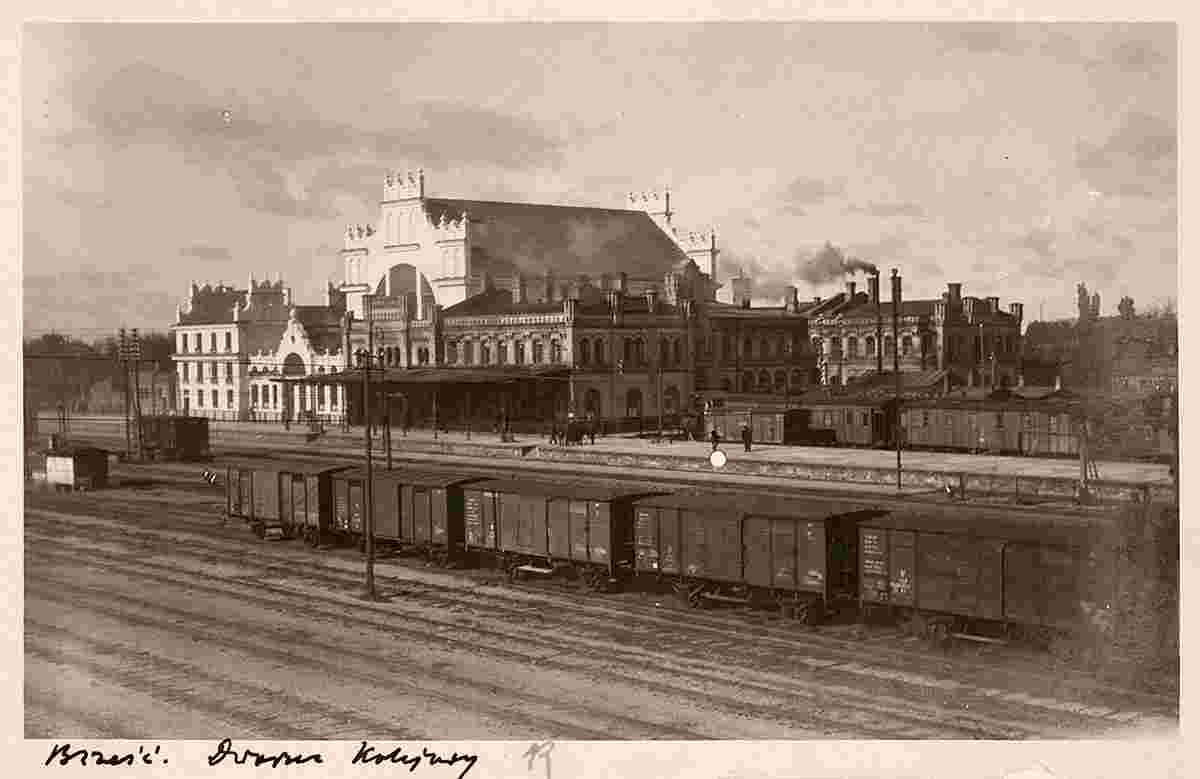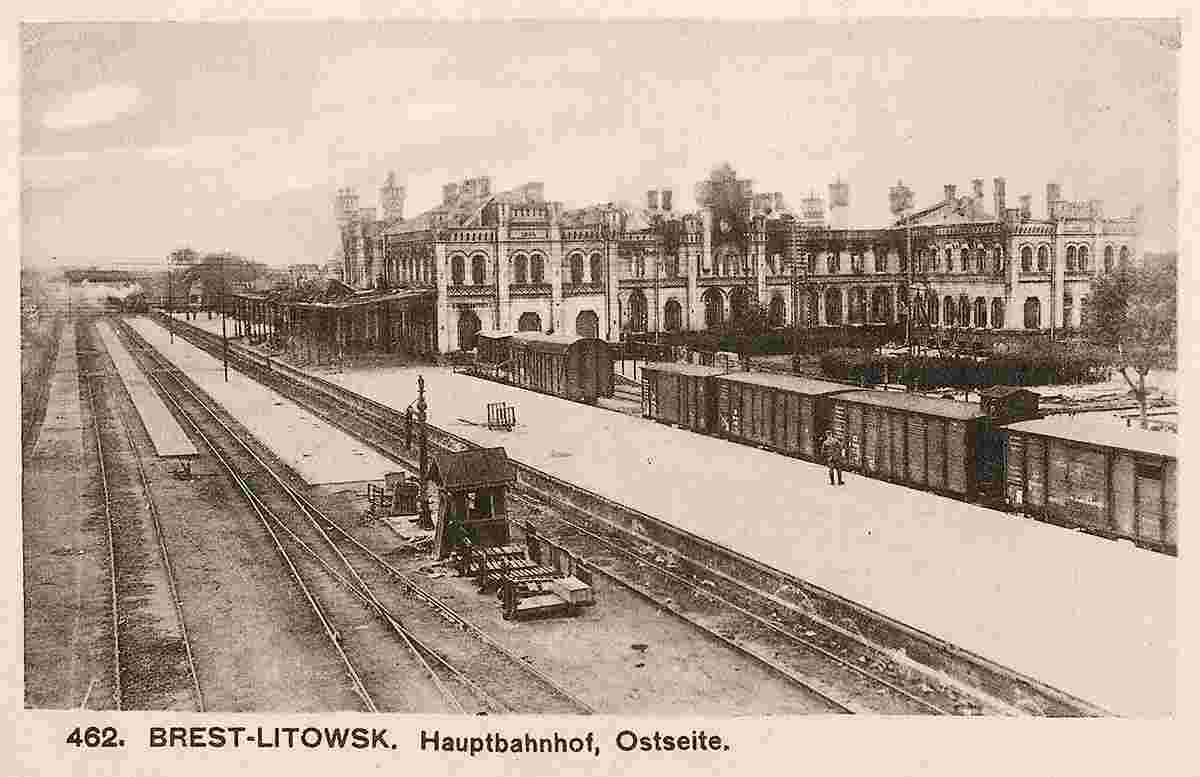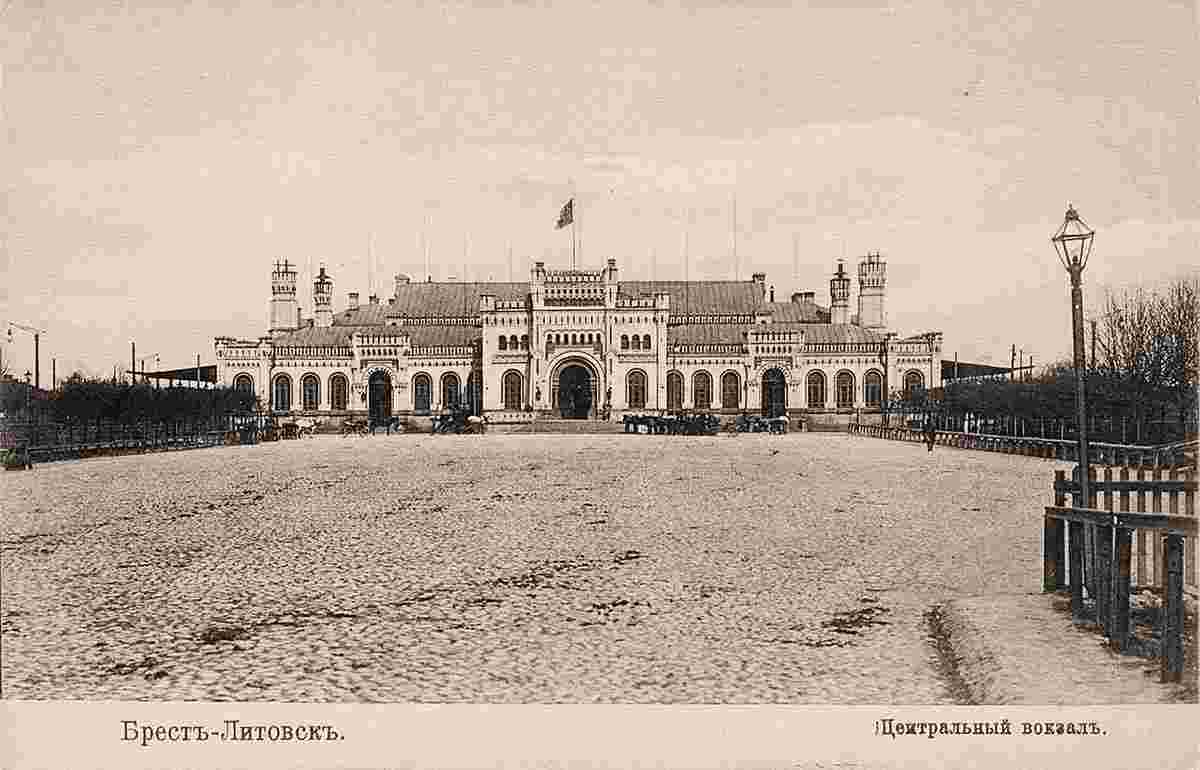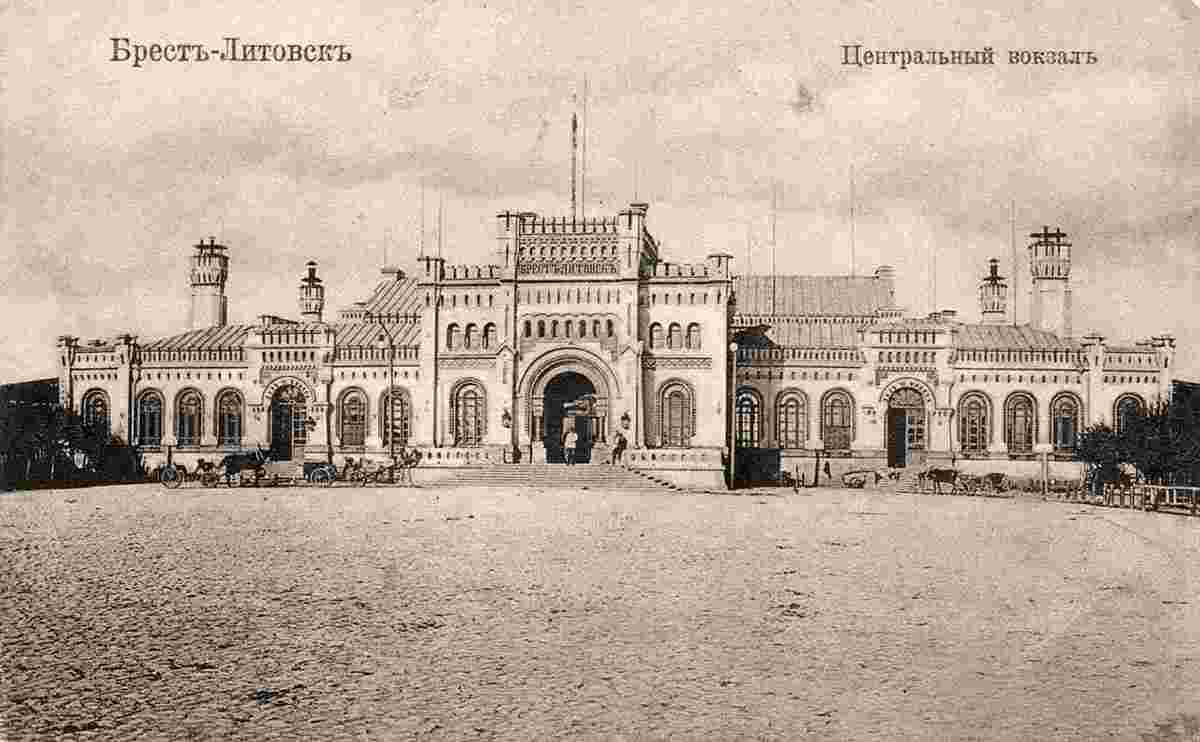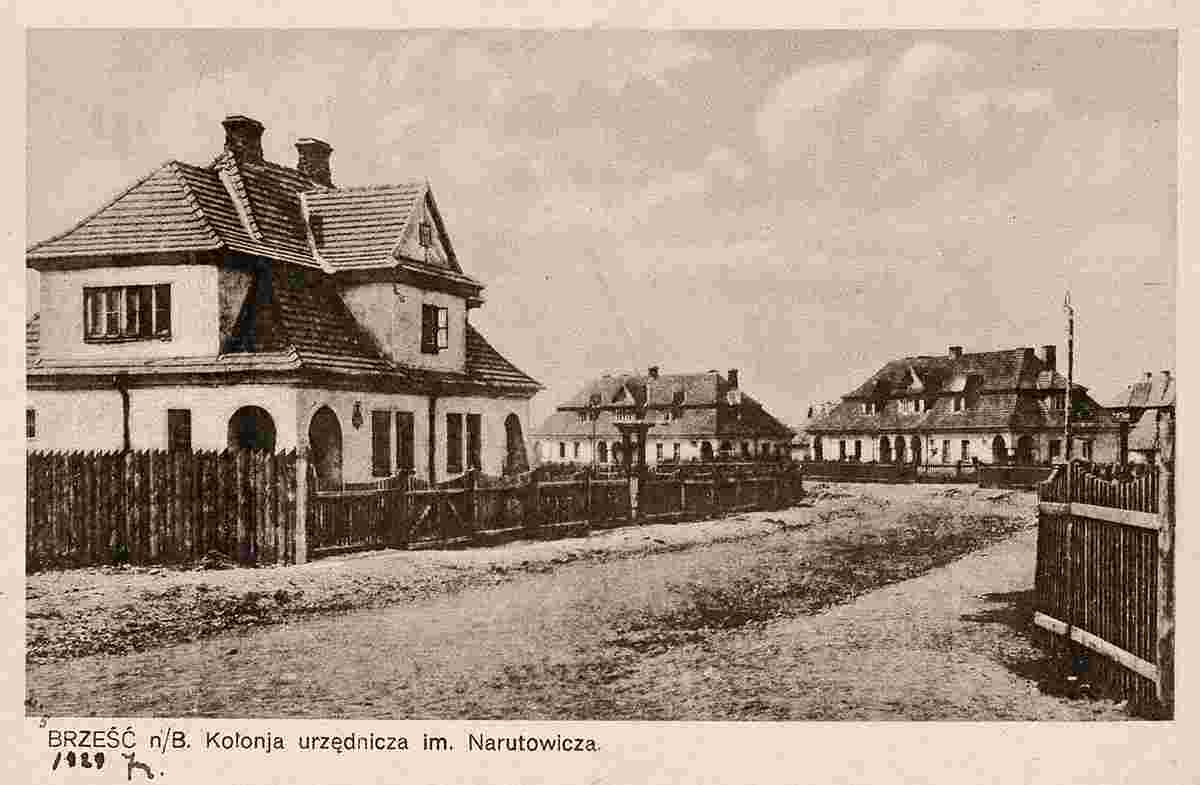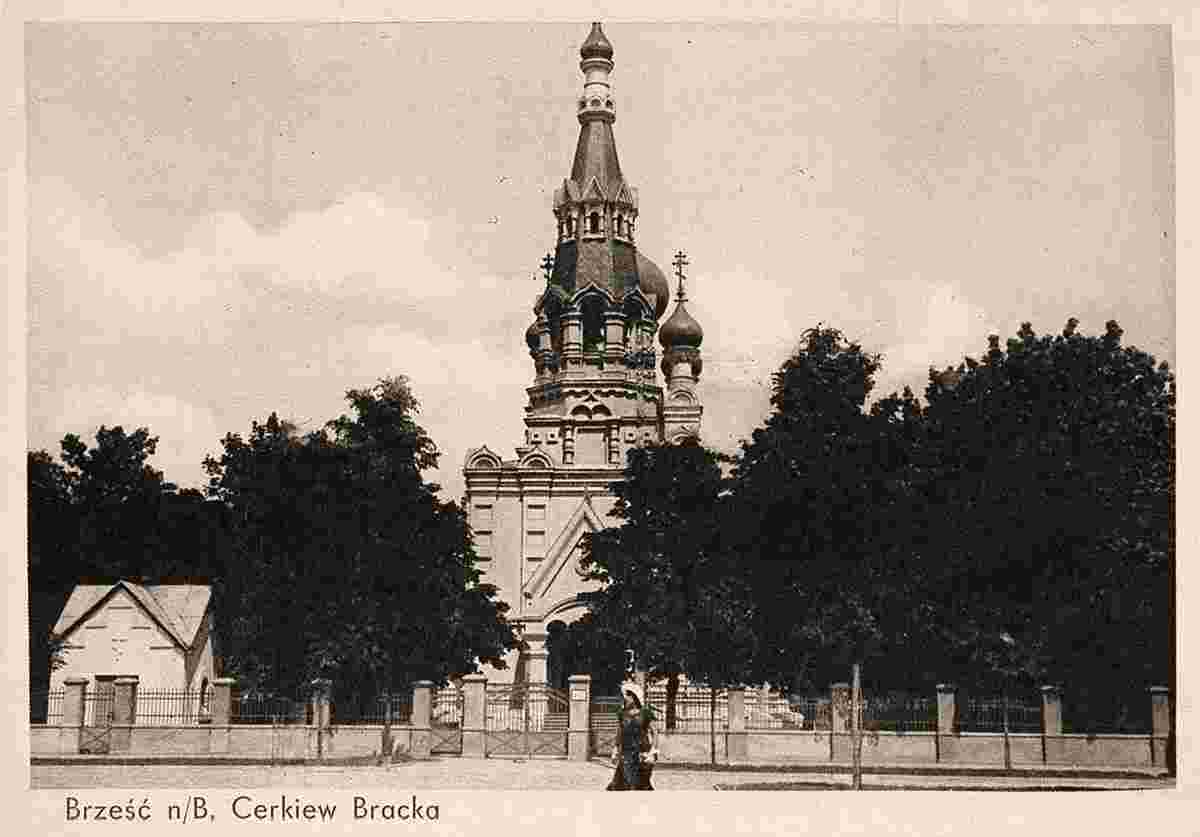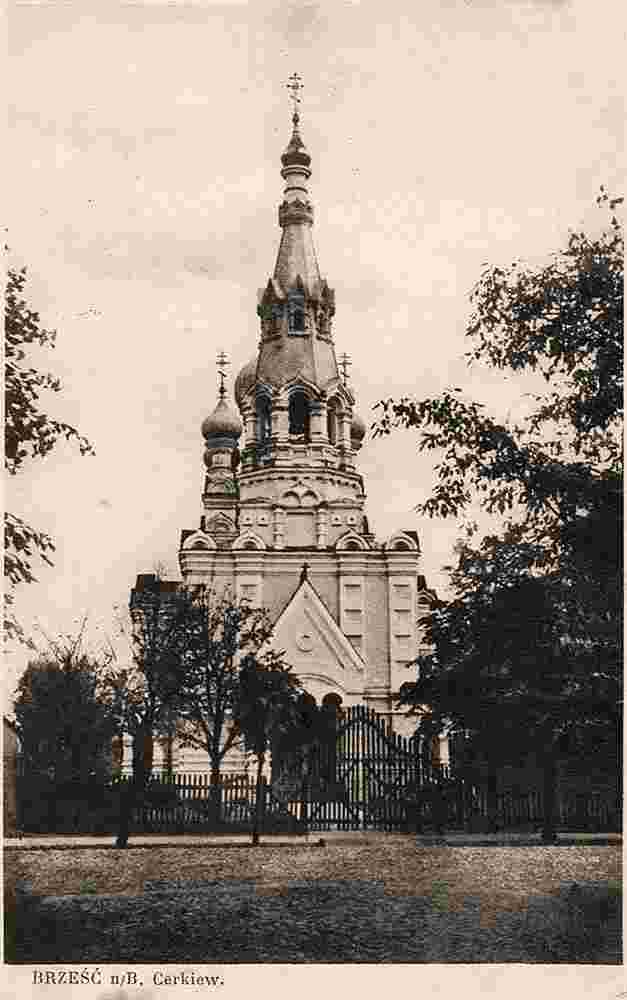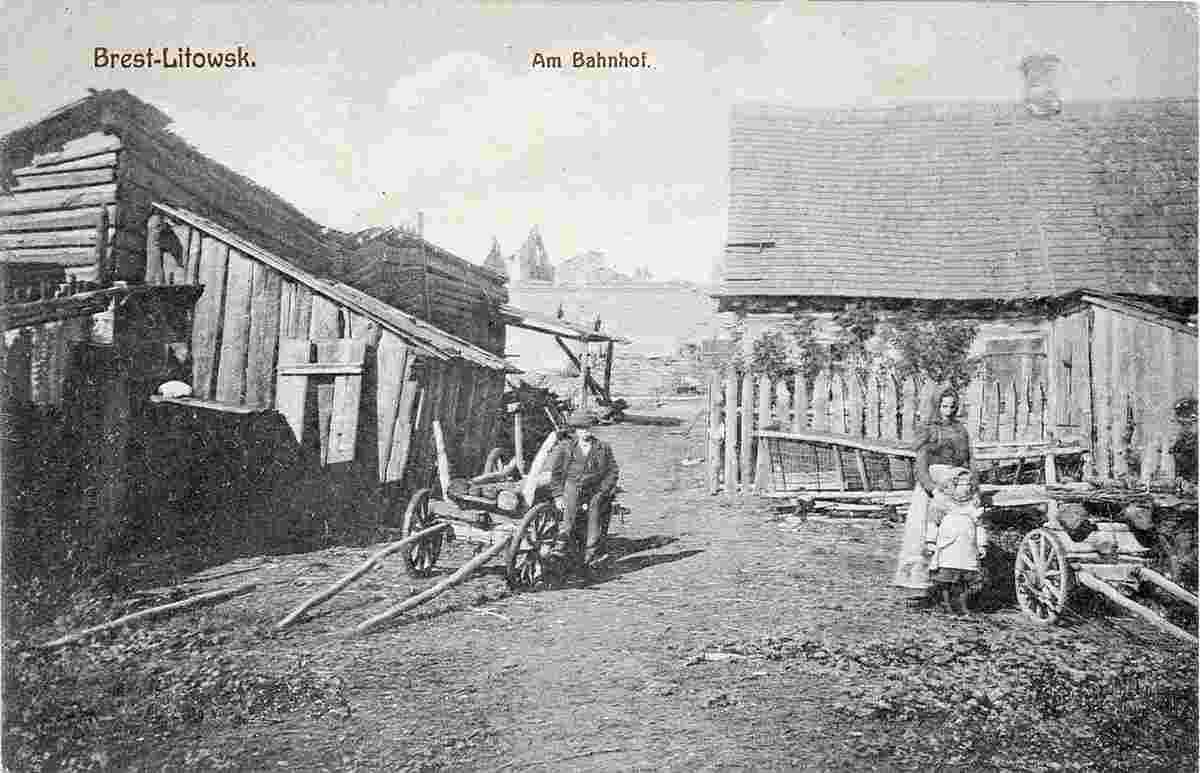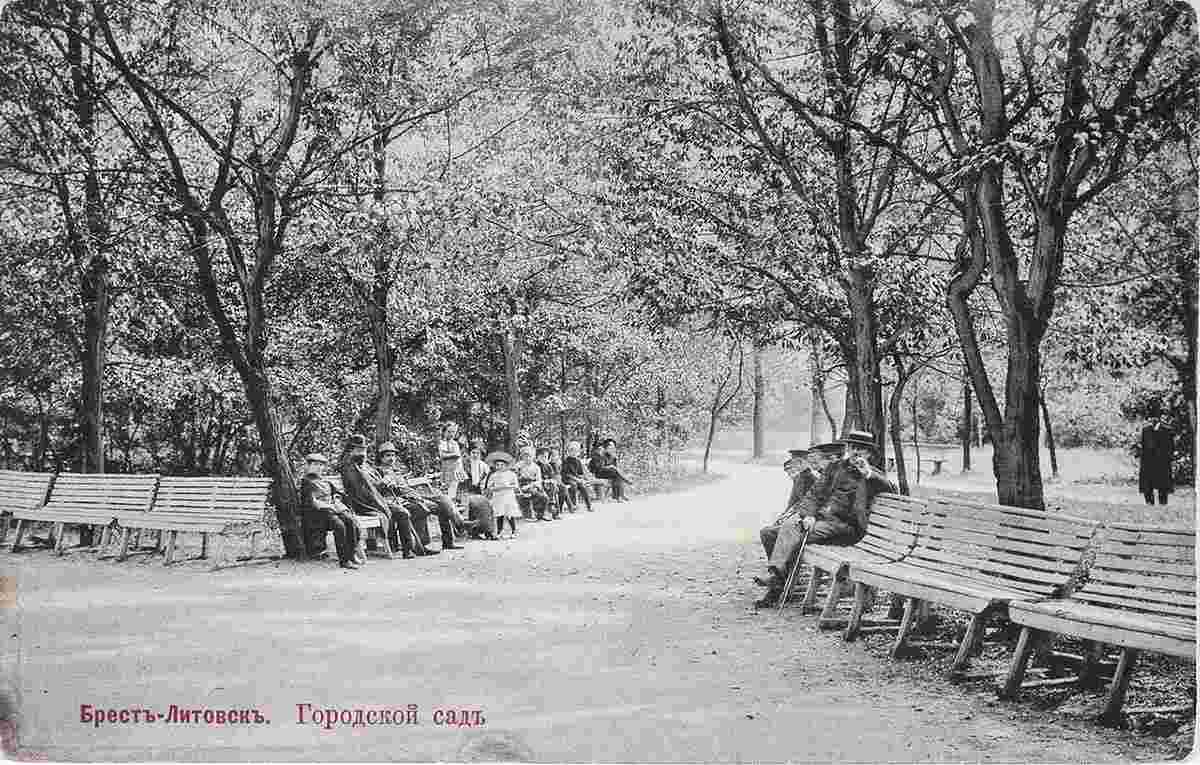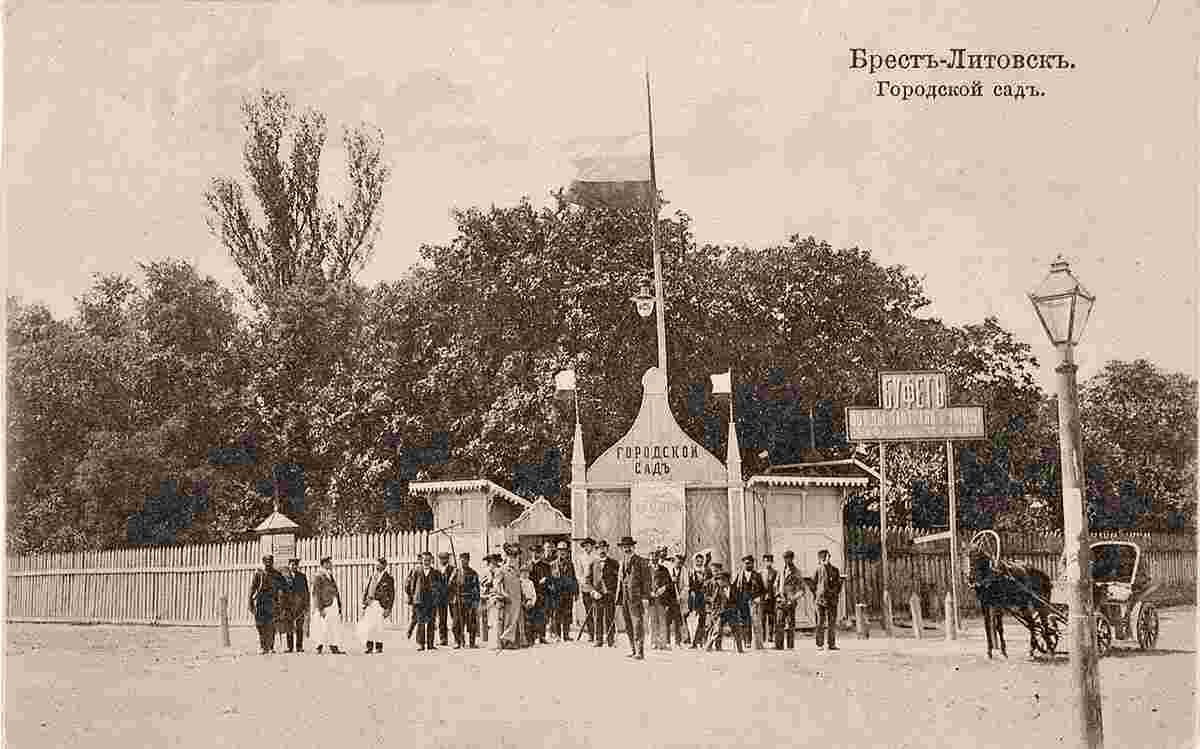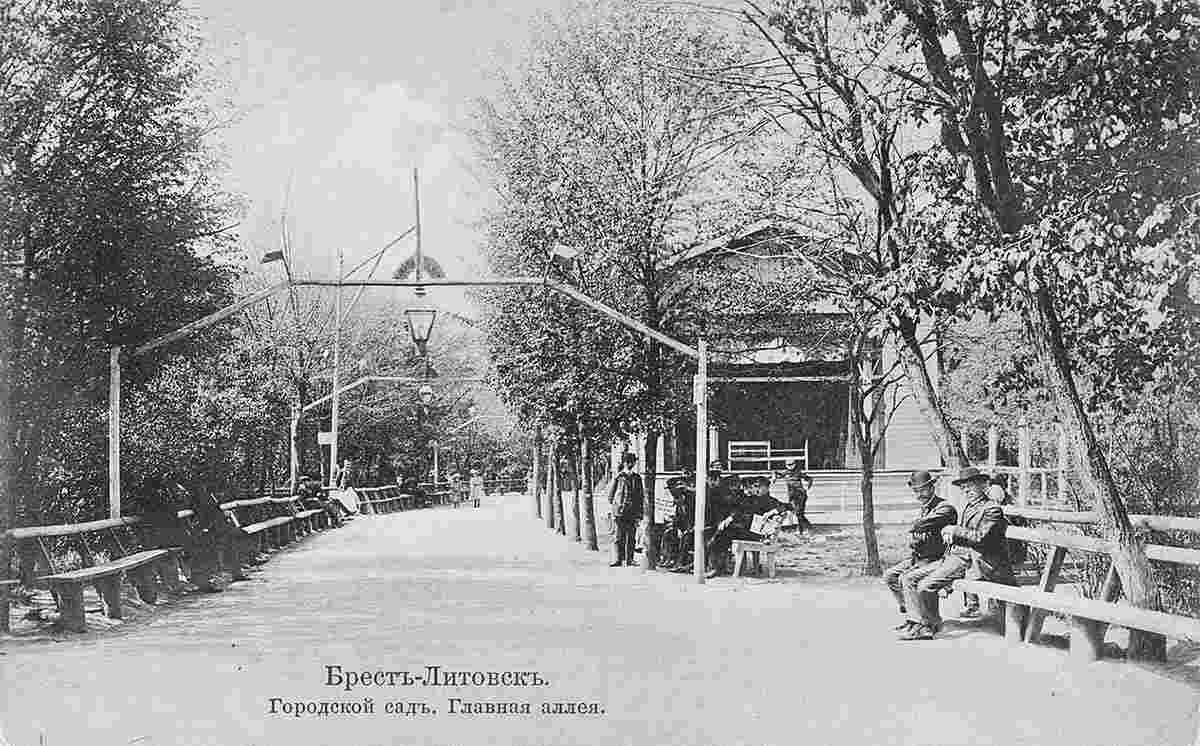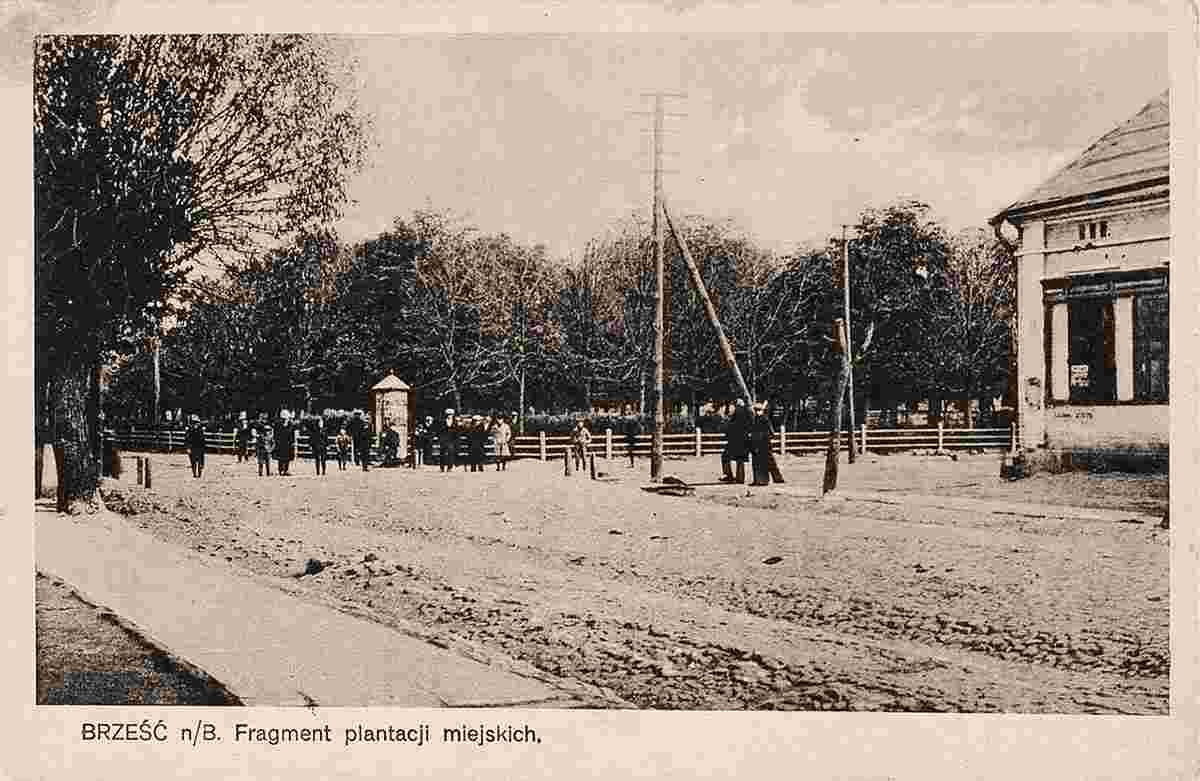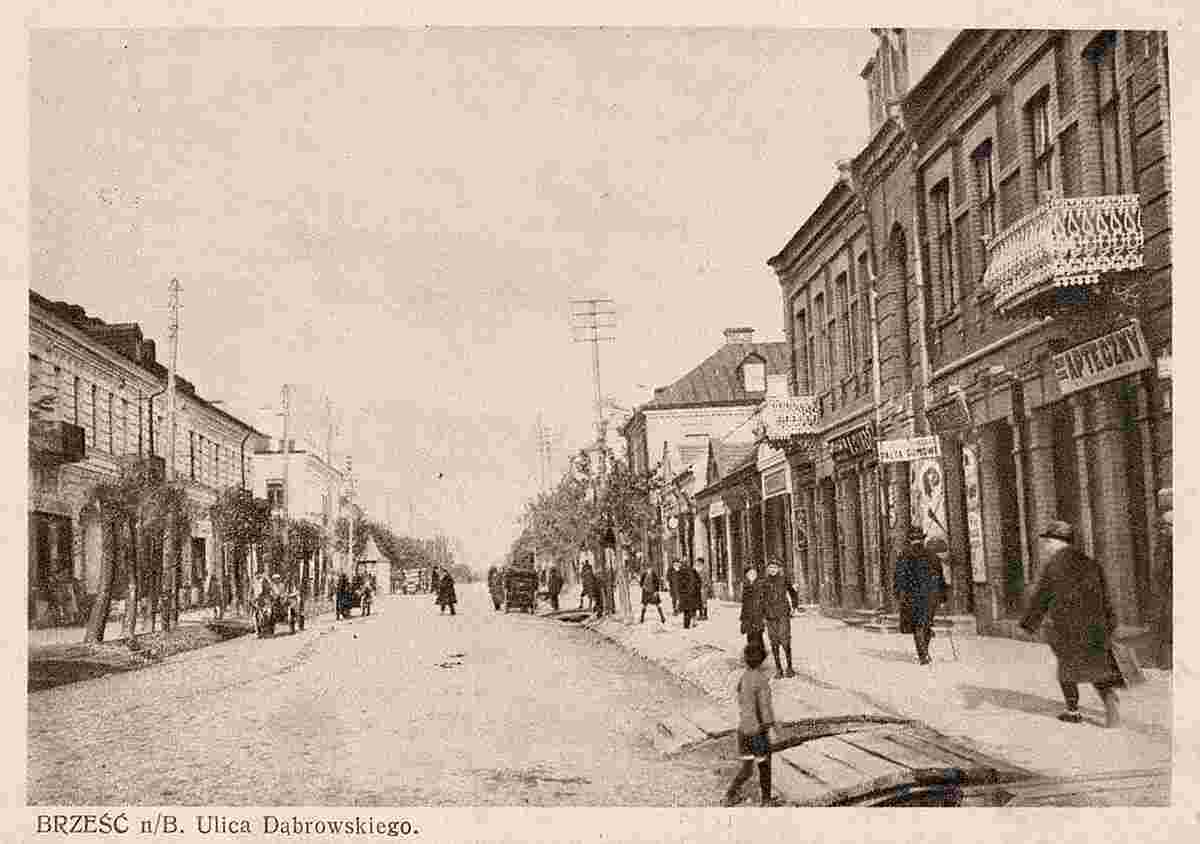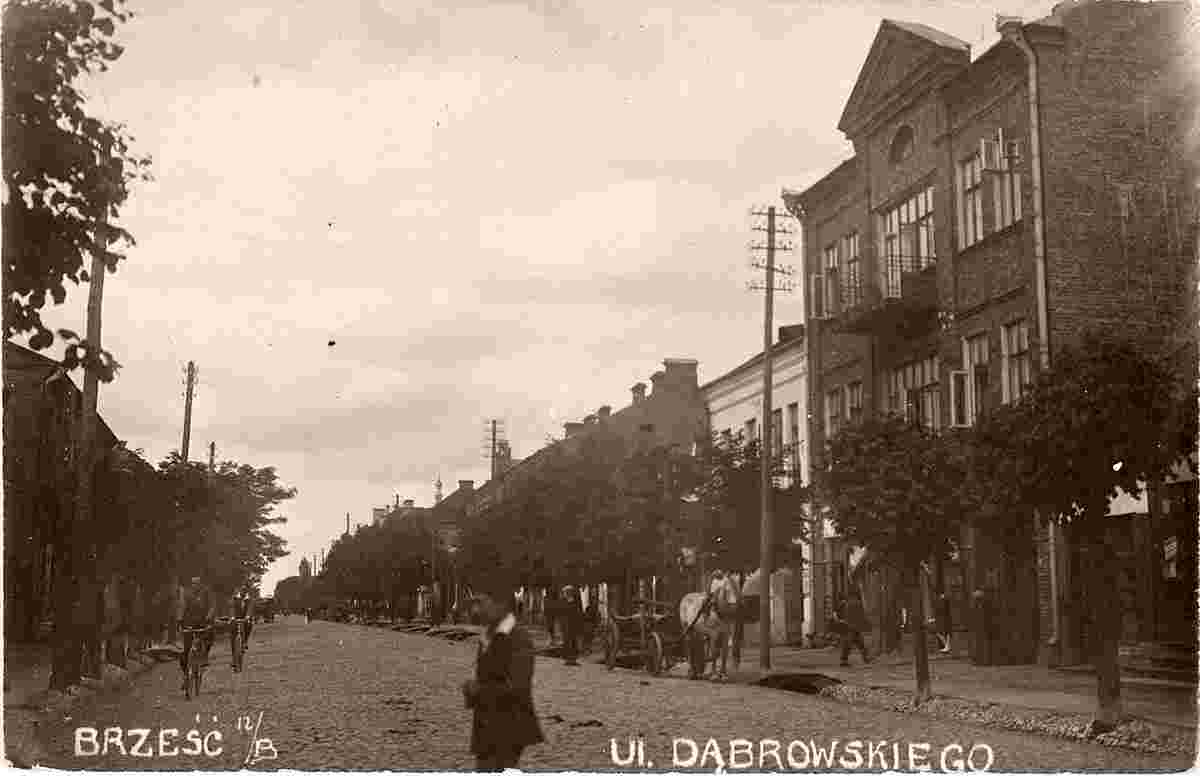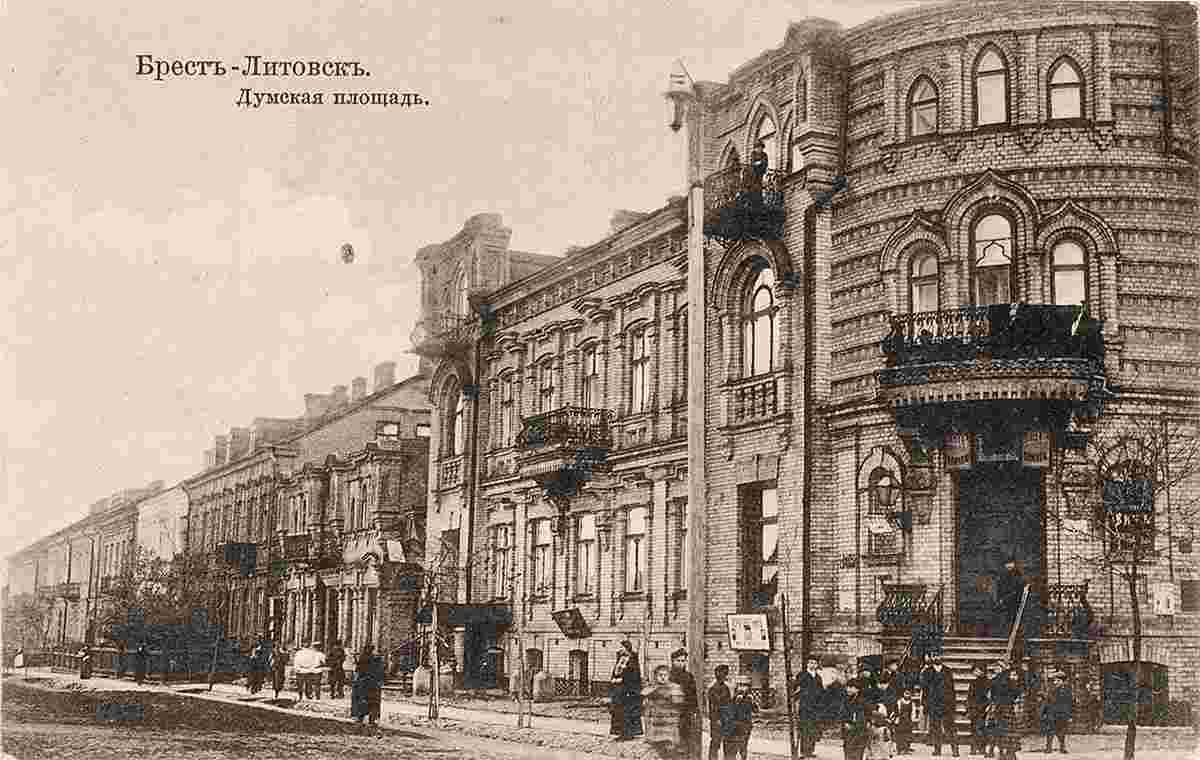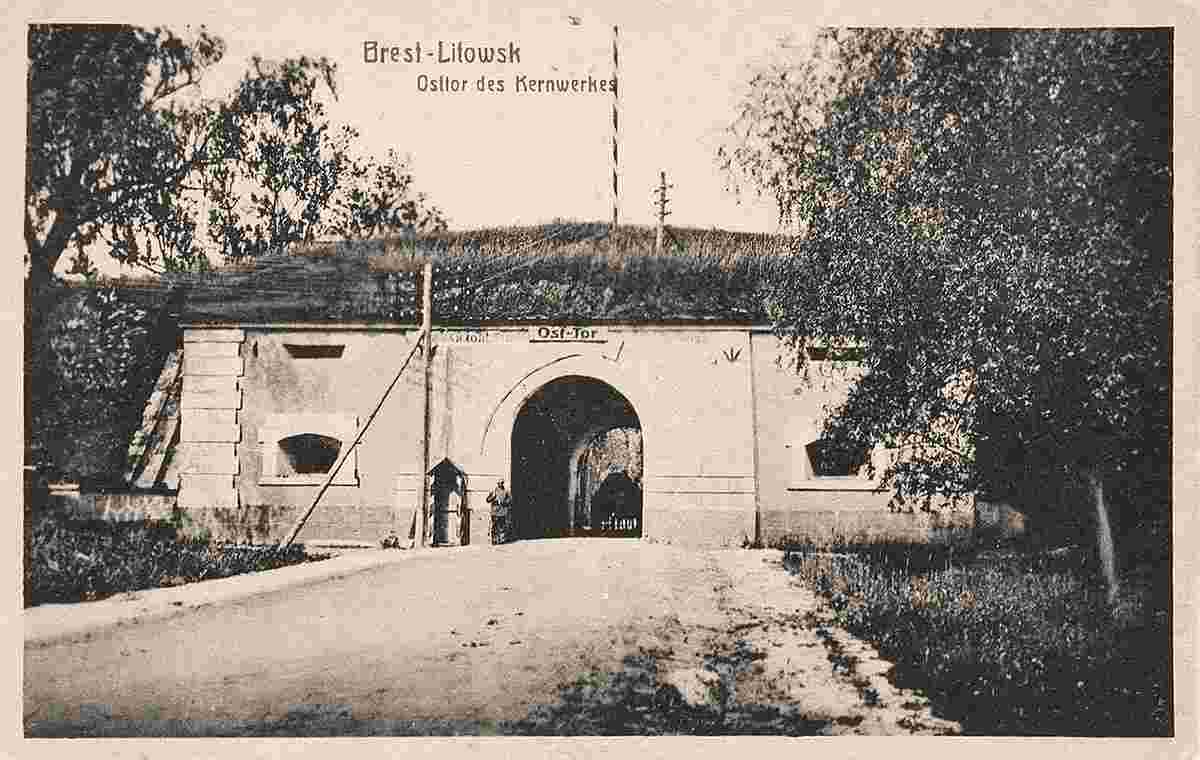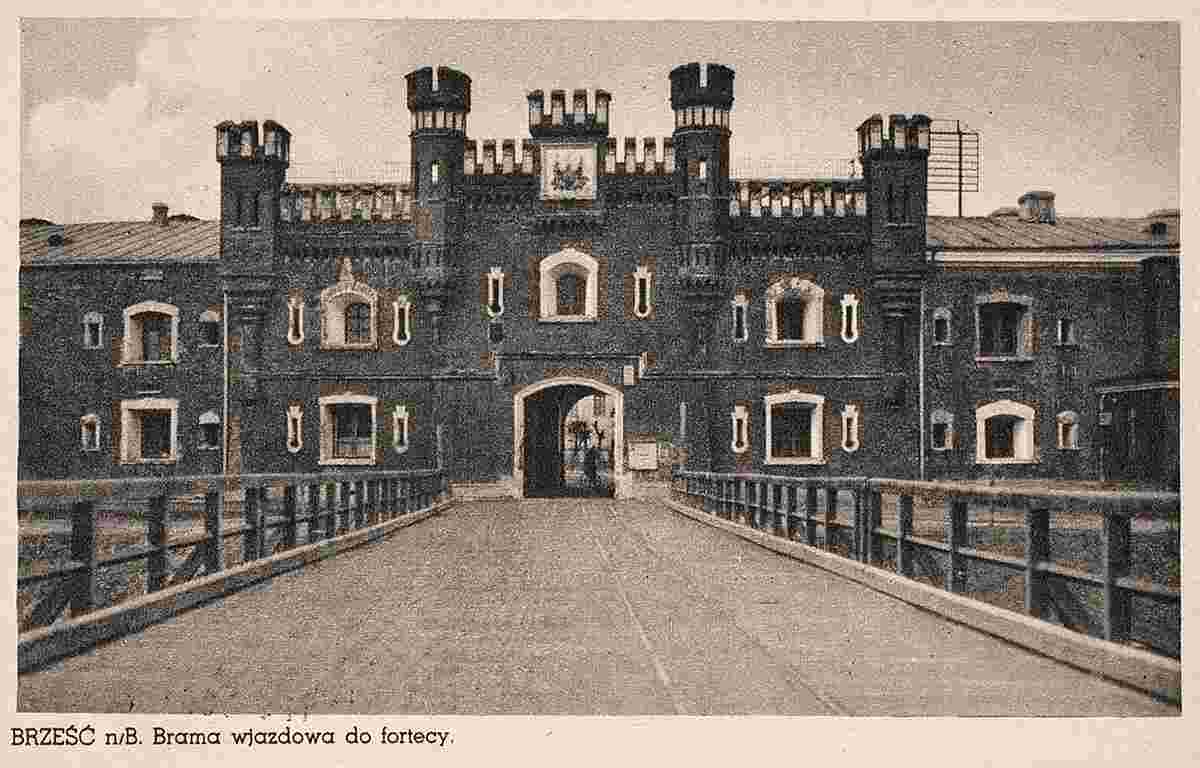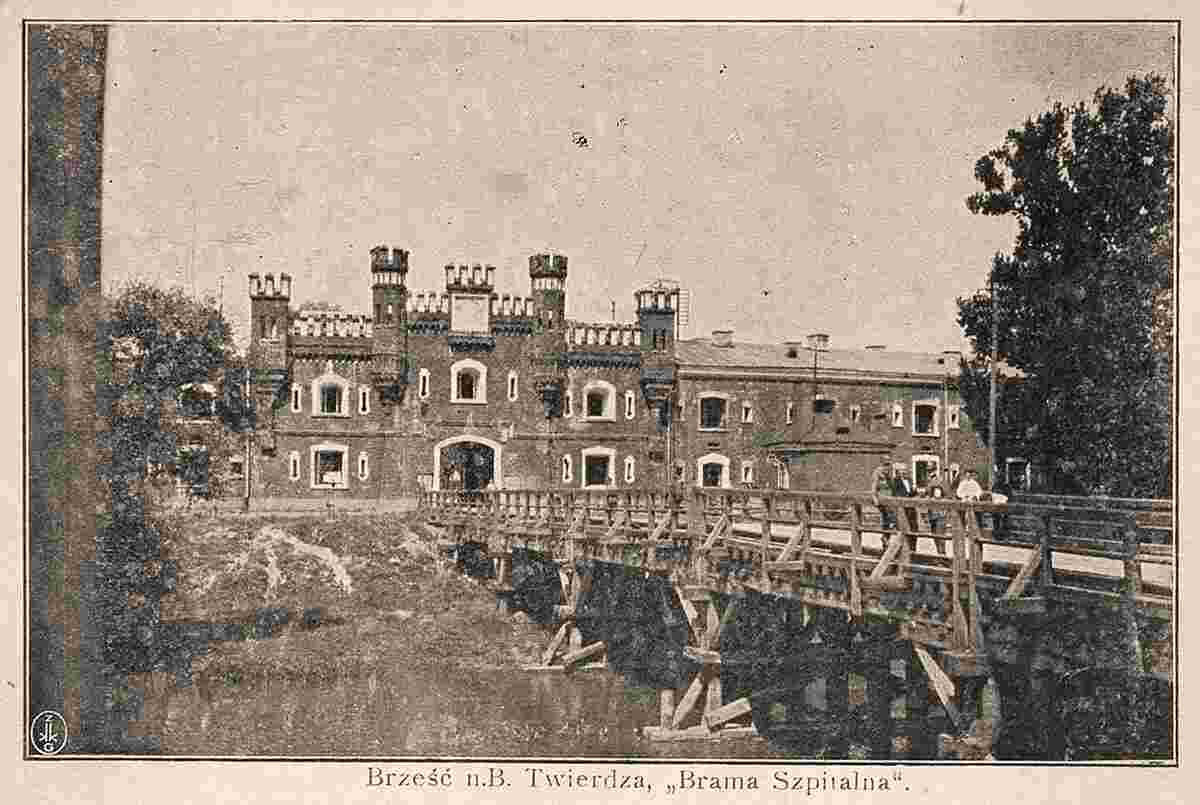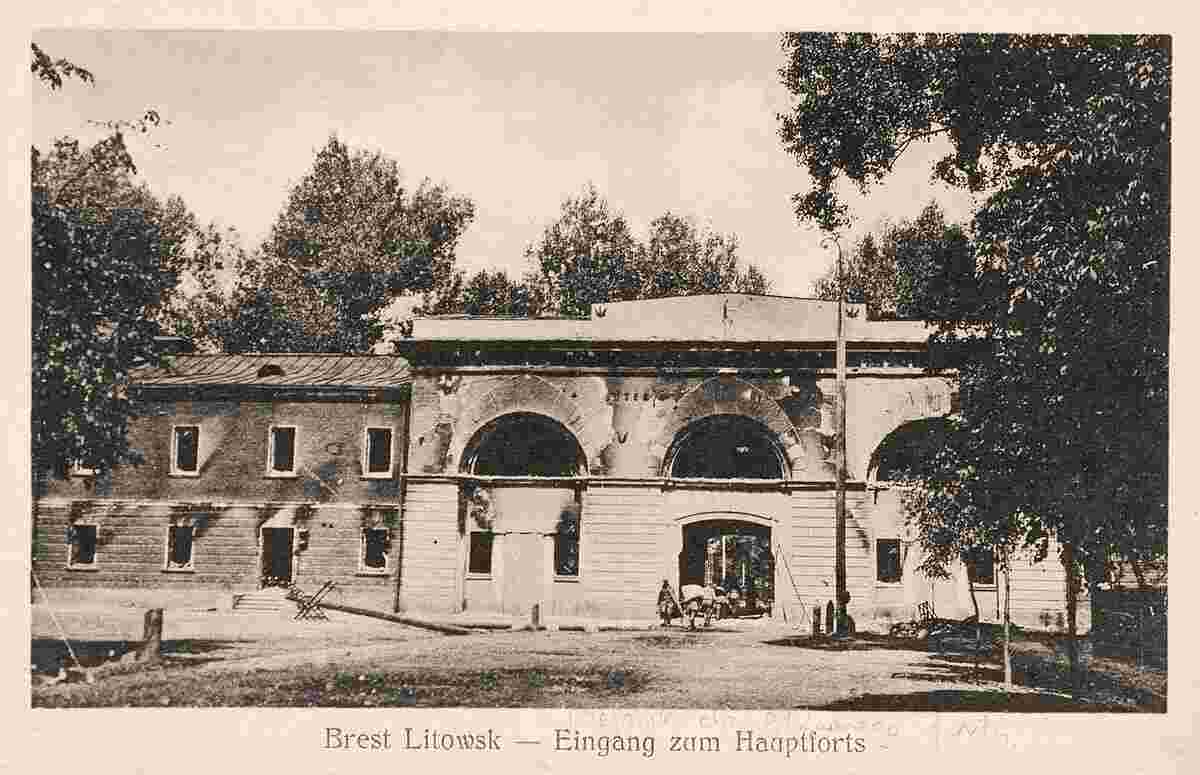History of Brest (Брэст, Брест) in photos
HistoryThe city was founded by the Slavs. As a town, Brest – Berestye in Kievan Rus – was first mentioned in the Primary Chronicle in 1019 when the Kievan Rus took the stronghold from the Poles. It is one of the oldest cities in Belarus. It was hotly contested between the Polish rulers (kings, principal dukes and dukes of Masovia) and Kievan Rus princes, laid waste by the Mongols in 1241 (see: Mongol invasion of Europe), and was not rebuilt until 1275. Later it was part of the territory of the Grand Duchy of Lithuania. In 1390 Brest became the first city in the lands that now comprise Belarus to receive Magdeburg rights. Its suburbs were burned by the Teutonic Knights in 1379. In 1409 it was a meeting place of King Władysław II Jagiełło, duke Vytautas and Tatar khan under the archbishop Mikołaj Trąba initiative, to prepare for war with the Teutonic Knights. In 1410 the town mustered a cavalry company (banner) that participated in the Polish-Lithuanian victory at the battle of Grunwald. In 1419 it became a seat of the starost in the newly created Trakai Voivodeship. In 1500 it was burned again by Crimean Tatars. In 1566, following king Sigismund II Augustus decree, a new voivodeship was created - Brest Litovsk Voivodeship. After it became part of the Polish–Lithuanian Commonwealth in 1569, it was renamed Brest-Litovsk. During the period of the union of the Polish–Lithuanian Commonwealth and Sweden under king Sigismund III Vasa (Polish–Swedish union), diets were held there. In 1594 and 1596 it was the meeting-place of two remarkable councils of regional bishops of the Roman-Catholic Church and Eastern Orthodox Church. The 1596 council established the Uniate Church (known also as the Belarusian Greek Catholic Church in Belarus and Ukrainian Greek Catholic Church in Ukraine). In 1657, and again in 1706, the town and castle were captured by the Swedes during their invasions of the Polish-Lithuanian Commonwealth. In an attack from the other direction, on January 13, 1660 the invading Muscovite Russian army under Ivan Andreyevich Khovansky took the Brest Castle in a surprise early morning attack, the town having been captured earlier, and massacred the 1,700 defenders and their families (according to captain Rosestein, Austrian observer). On July 23, 1792 a battle was fought between the regiments of the Duchy of Lithuania defending the town and the invading Russian Imperial Army. On September 19, 1794 the area between Brest and Terespol was the scene of a victorious battle won by the invading Russian Imperial army under Suvorov over the Kościuszko Uprising army division under general Karol Sierakowski (known in Russian sources as the Battle of Brest). Brest was annexed by Russia when the Poland-Lithuania Commonwealth was partitioned for the third time in 1795 (see: Partitions of Poland). During Russian rule in the 19th century, a large fortress was built in and around the city. The Russians demolished the Polish Royal Castle and most of the Old Town "to make room" for the fortress. The town was captured by the German army in 1915, during World War I. In March 1918, in the Brest-Litovsk fortress on the western outskirts of Brest at the confluence of the Bug River and Mukhavets Rivers, the Treaty of Brest-Litovsk was signed, ending the war between Soviet Russia and the Central Powers and transferring the city and its surrounding region to the sphere of influence of the German Empire. This treaty was subsequently annulled by the treaties which ended the war and even more so by events and developments in Germany and Eastern Europe. During 1918, the city became a part of the Podolia Governorate of the Ukrainian People's Republic as a result of negotiations and own treaty between delegation of the Ukrainian Central Rada and Central Powers. The Second Polish RepublicFollowing the Polish–Soviet War Brest became part of the Second Polish Republic, with borders formally recognized by the Treaty of Riga of 1921. It was renamed Brześć nad Bugiem on March 20, 1923 (Brest on the Bug) in Poland, and named the capital of the Polesie Voivodeship in accordance of the pre-1795 tradition. In the twenty years of Poland's sovereignty, of the total of 36 brand new schools established in the city, there were ten public, and five private Jewish schools inaugurated, with Yiddish and Hebrew as the language of instruction. The first ever Jewish school in Brześć history opened in 1920, almost immediately after Poland's return to independence. In 1936 Jews constituted 41.3% of the Brześć population, or 21,518 citizens. Some 80.3% of private enterprises were run by Jews. The Polish Army troops of the 9th Military District along with its headquarters were stationed in the fortress. During the German Invasion of Poland in 1939 the city was defended by a small garrison of four infantry battalions under General Konstanty Plisowski against the XIX Panzer Corps of General Heinz Guderian. After four days of heavy fighting the Polish forces withdrew southwards on September 17 (see: Battle of Brześć Litewski). The Soviet invasion of Poland began on the same day and as a result the Soviet Red Army entered the city at the end of September 1939 in accordance with the Ribbentrop-Molotov pact's Secret Protocol, and a joint Nazi-Soviet military parade took place on September 22, 1939. While Belarusians consider it a reunification of the Belarusian nation under one constituency (BSSR at that time), Poles consider it the date when the city was lost. During the Soviet control (1939–41) the Polish population was subject to arrests, executions and mass deportations to Siberia and the Soviet Republic of Kazakhstan. The city had an overwhelmingly Jewish population in the Russian Partition: 30,000 out of 45,000 total population according to Russian 1897 census, which fell to 21,000 out of 50,000 according to the Polish census of 1931. Operation Barbarossa and afterOn June 22, 1941, the fortress and the city were attacked by Nazi Germany on the first day of Operation Barbarossa, Germany's invasion of the Soviet Union. The Brest Fortress held out for six days. Abandoned by the Soviet army, nearly all its defenders perished. The Germans placed Brest under the administration of the Reichskommissariat Ukraine. The remaining municipal Jewish population (about 20,000) was sequestered in the Brest ghetto established by the German authorities in December 1941, which they liquidated in October 1942. Only seven Jews survived the Nazi executions. The city was liberated by the Red Army on July 28, 1944. In early 2019, a mass grave containing the remains of 1,214 people was found in the Brest Ghetto area during a construction project. Most are believed to have been Jews who were killed by the Nazis. Origin: en.wikipedia.org | |||||||||||||||||||||||||
 |
Old historical photos and pictures of Brest, Belarus
Старыя гістарычныя фота і здымкі Брэст (Брест), Беларусь |
| Cities of the World • Countries of Europa • Cities of Belarus |
| Robinson Rd, CB 13862 Nassau, NP, The Bahamas |
 •
• 

